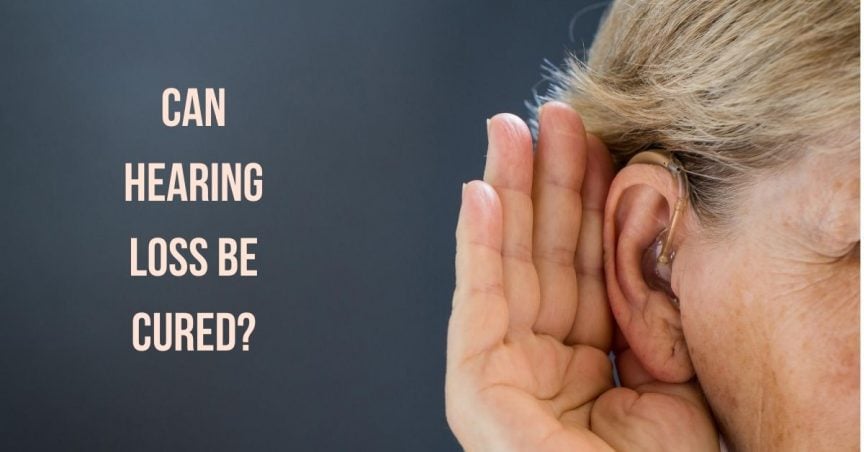- The Emotional Journey of Accepting Hearing Loss - October 25, 2024
- Making a Style Statement with Hearing Aids This Fall - October 15, 2024
- Fireplace Safety and Hearing aids - October 4, 2024
If you had asked this question only a few years ago, the answer would have been a definitive “No.” The going knowledge about hearing loss had us believe that once the cells of the tiny hair-like structures of the ear called stereocilia were damaged they would never function again.
Indeed, damage done to this part of the ear has been irreversible, and the best we have been able to do is to technologically assist the remaining hearing ability to function as best it can. The finality of hearing loss came as a blow to many who discovered that they were unable to hear certain sounds, such as a bird song or even a family member’s voice.
Although these facts about hearing loss have not yet been reversed, new research suggests that we may be on the brink of discoveries that could change that “No” to a “Yes” for many people with the most common form of age-related hearing loss.
It remains the case that stereocilia cannot be repaired once they are broken or damaged through exposure to sound over a lifetime of use, but researchers are discovering remarkable possibilities for generating new cells through three cutting-edge therapies: drug-based therapies, stem cell therapies, and gene therapies.
Let’s take a look at the last of these research areas to understand how gene therapy on mice suggests that the same might eventually be possible in adult humans.
DFNB9 Hereditary Deafness
Most people who are born with hereditary deafness have a mutation in their DNA sequence that made it so. Such is the case with those who have a particular type of deafness called DFNB9. Those with this type of deafness have a mutation on the gene that produces a protein called otoferlin.
Without otoferlin, the stereocilia are not developed in a way that can respond to sound impulses. Without functional stereocilia these people in some ways resemble those who have lost their hearing due to the process of aging whereby those cells are also damaged and ineffective.
Restored Hearing in Deaf Mice
The study, conducted by a team of French and American scholars, used mice with a similar form of deafness to humans with DFNB9 whereby they did not produce the protein otoferlin that was necessary to develop the stereocilia. Although these mice are not exactly like humans with DFNB9 deafness nor adults with age-related hearing loss, the absence of the protein was quite similar to these groups.
In order to intervene, the researchers actually introduced a virus to the mice that was “packaged” with a healthy form of the gene that delivers otoferlin. When the virus infected the cells of the inner ear, it also delivered this form of the gene to the mice. Researchers carefully chose a virus that would infect the precise part of the inner ear that needed this gene to generate the protein, as well as the healthy stereocilia.
The remarkable part of this intervention was the ability to create functional stereocilia both before and after hearing ability was set to develop. You see, mice are born without developed hearing ability, which fully develops after 5 days.
The researchers guessed that they would be effective with the gene therapy for mice that had not yet developed stereocilia, but they were surprised to find that the therapy was somewhat effective even after the inner ear had reached maturity.
Potential Human Therapies
One of the barriers to applying this therapy to humans is the ability to package a sufficient amount of DNA with the virus to generate a functional amount in the human ear. Although this challenge has not yet been met, the advances so far are highly suggestive of future success!
When paired with drug-based therapy and stem cell therapy, it is altogether possible that scientists will discover a way to generate new stereocilia in adults who have already damaged or broken their existing hair-like cells over time. With continued support and research funding, these three therapies form a promising outlook for those with age-related hearing loss.
Seeking Treatment for Hearing Loss
While all of these studies have great potential for the future, the great news is that in the meantime, there are solutions to treat hearing loss!
Pursuing hearing assistance is the best way to fill in the gaps in lost ability, so don’t delay! Contact us today to get the assistance that is right for you.

